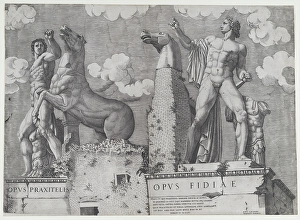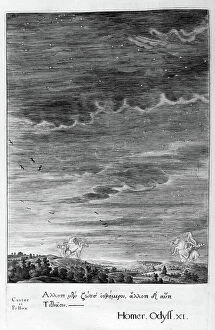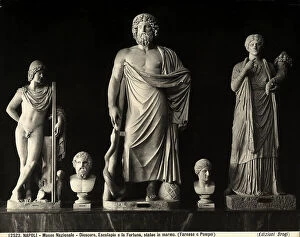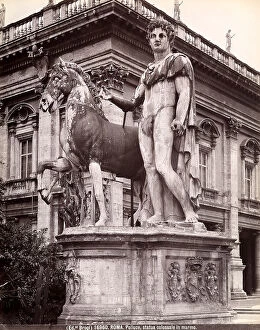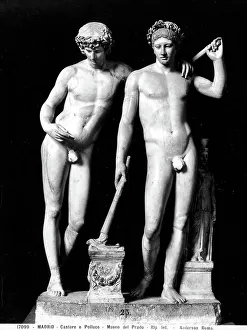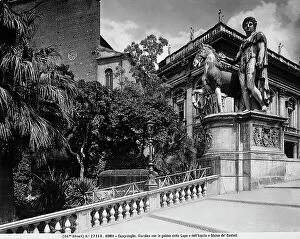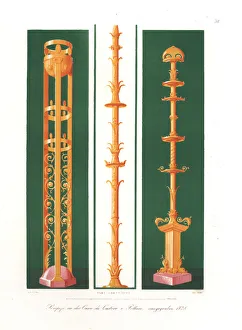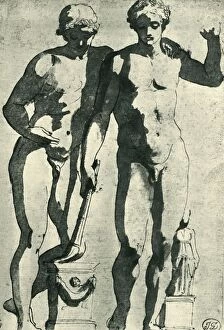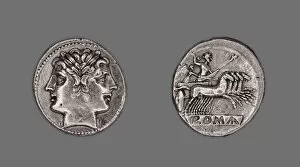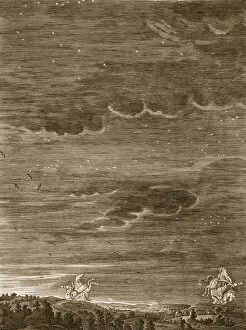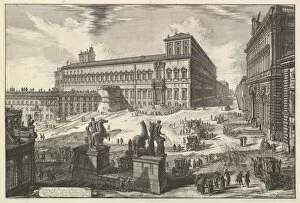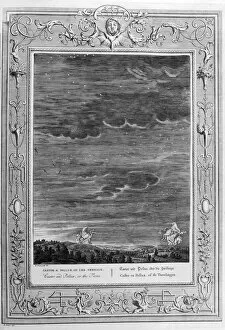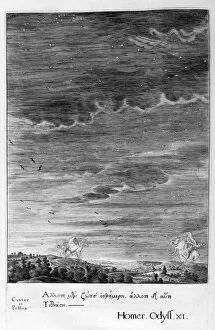Dioscuri Collection
"Dioscuri: The Divine Twins of Rome" The Dioscuri, also known as Castor and Pollux, were revered figures in ancient Roman mythology
All Professionally Made to Order for Quick Shipping
"Dioscuri: The Divine Twins of Rome" The Dioscuri, also known as Castor and Pollux, were revered figures in ancient Roman mythology. These twin brothers were believed to be the sons of Zeus and Leda, and they played significant roles in various aspects of Roman culture. One notable representation of the Dioscuri is found in the Speculum Romanae Magnificentiae Statues Dioscuri. This collection showcases magnificent statues depicting Castor and Pollux, highlighting their divine stature and importance. In Rome's Capitoline Hill stands the Horse Tamers (Dioscuri), sculpted by Marcantonio Raimondi. These impressive sculptures capture the strength and grace associated with these mythical twins. The Temple of Castor and Pollux in Rome served as a sacred space dedicated to honoring these deities. It stood as a testament to their significance within Roman religious practices. Artistic depictions of the they are also be found on various artifacts such as coins. For instance, a Didrachm coin from 225-214 BCE portrays detailed images of Castor and Pollux, showcasing their iconic presence even within currency. Their influence extended beyond Rome itself; wall paintings featuring candlesticks from Pompeii houses demonstrate how far-reaching their worship was throughout ancient Italy. Renowned painter Nicolas Poussin created "Castor and Pollux" in 1628 during World War II. This artwork beautifully captures the essence of these mythological figures through its intricate details. Even today, remnants of this divine duo can still be seen at places like Pizza Campidoglio or Quirinal Palace in modern-day Rome. Their legacy lives on through these architectural marvels that continue to awe visitors from around the world.

